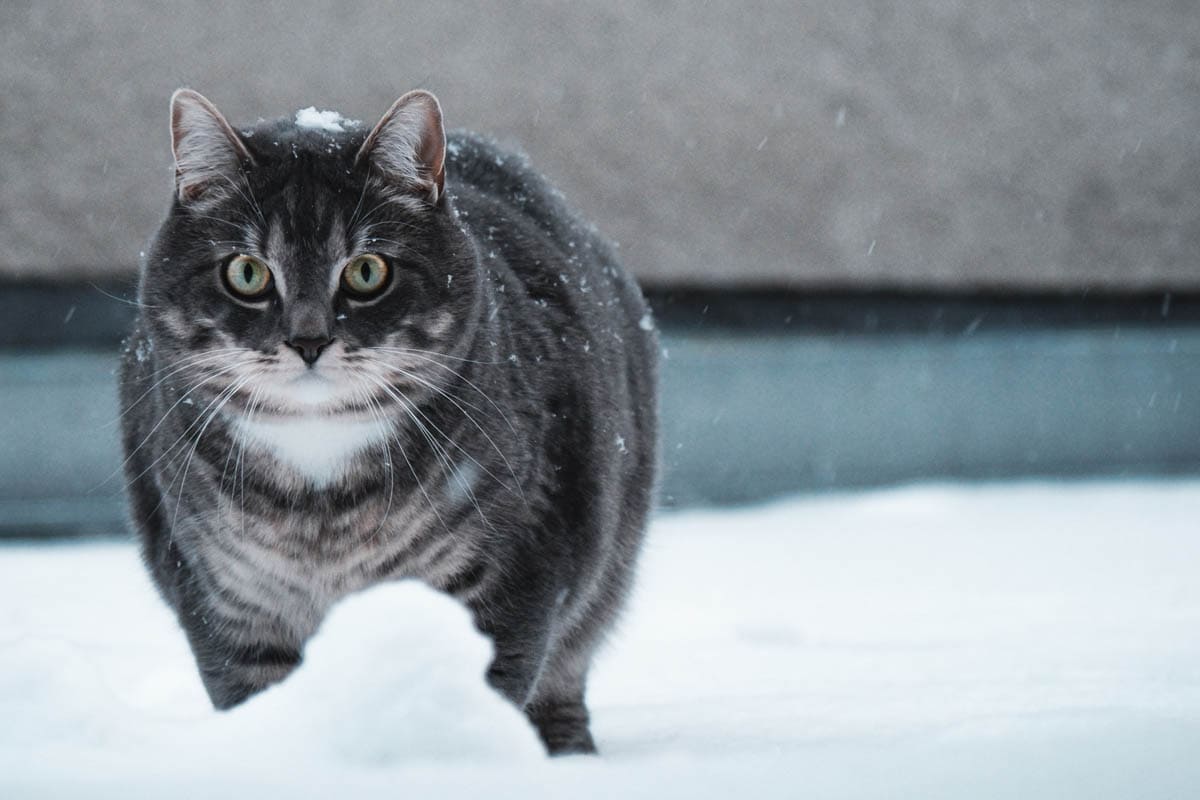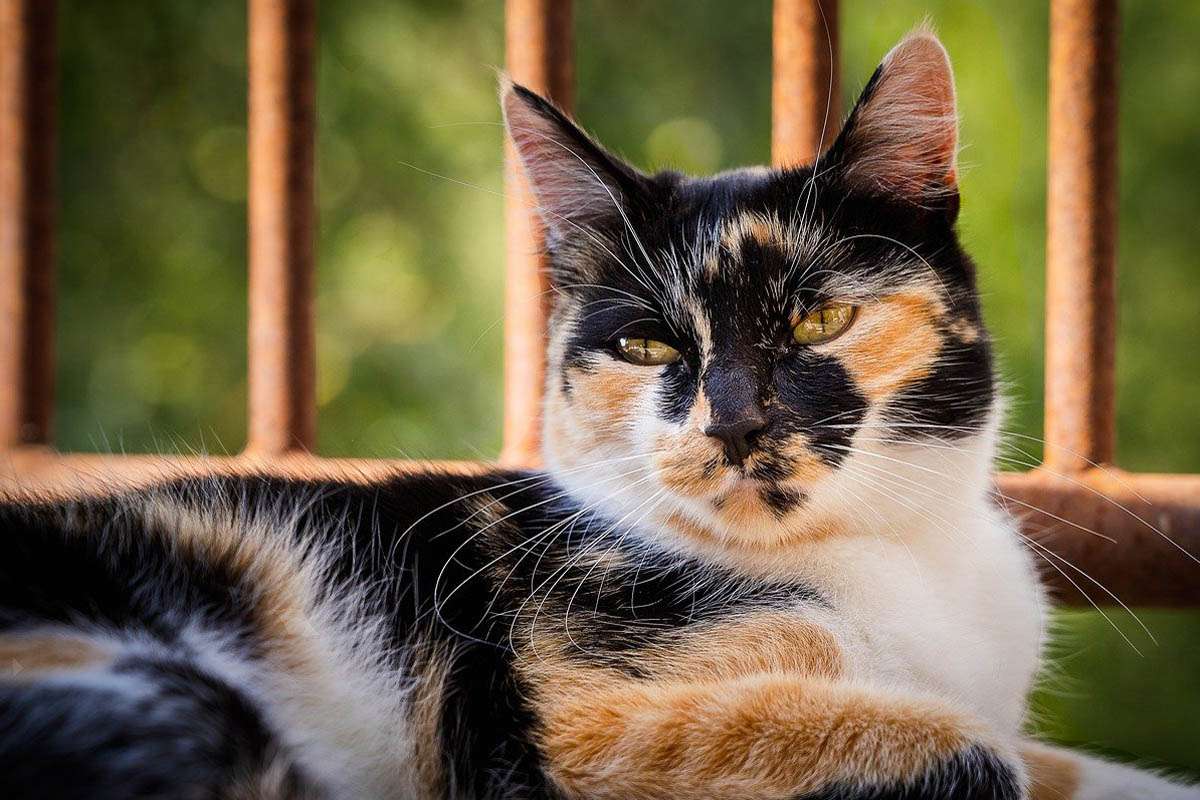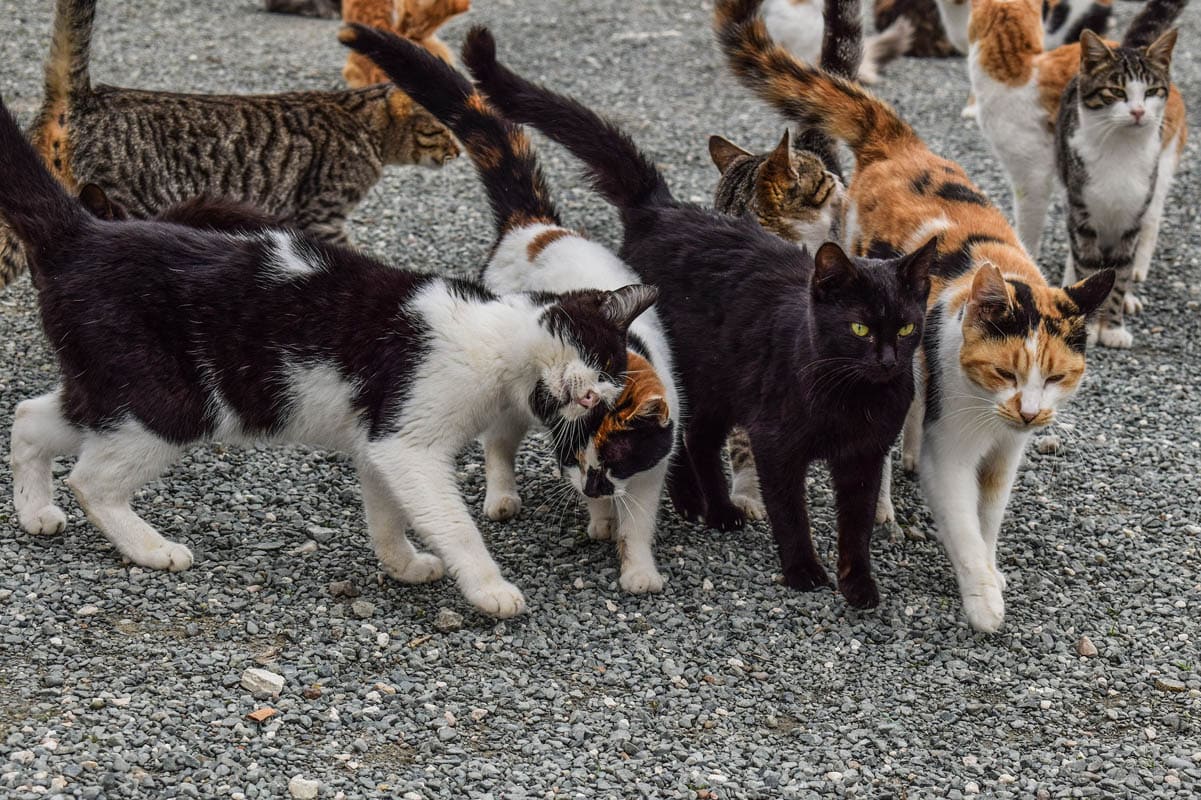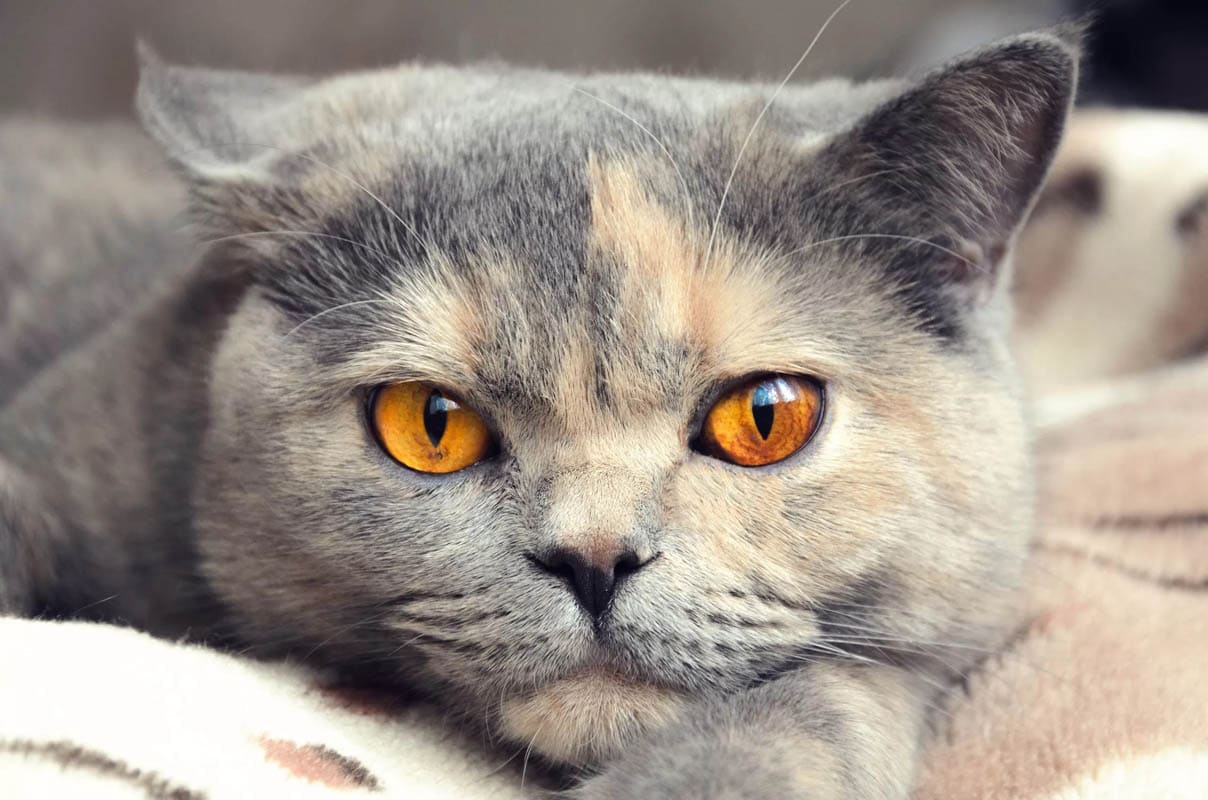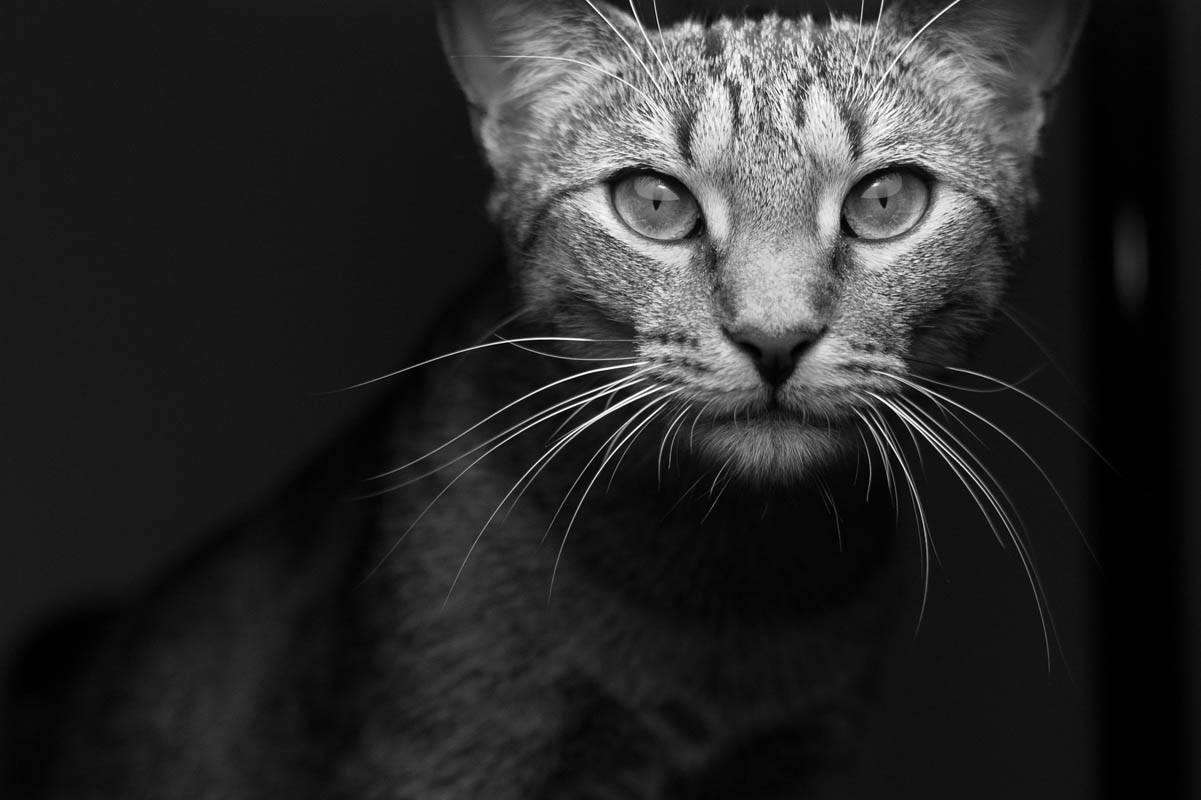A tomcat is a sexually mature entire (un-neutered) male cat. The name tomcat is derived from an eighteenth-century work of fiction titled The Life and Adventures of a Cat authored by Willoughby Mynors. The main character was Tom the Cat, a promiscuous male cat. Before the publication of The Life and Adventures of a Cat, males were known as rams, boars or gibs.
General Cat Articles
Why Does A Cat’s Tail Puff Out?
The cat’s tail is an amazing part of the anatomy. It has several functions including helping the cat to balance as well as communicating his mood. Different positions can tell you a lot about your cat’s current mood, including a puffy tail.
How High Can A Domestic Cat Jump?
Key facts
|
What Does Chonk or Chonky Mean?
What is a chonk?
Also referred to as chonky, a chonk cat is an internet slang word used to refer to an overweight or obese cat and is a play on the word chunk or chunky. The term was originally coined in response to a modified body condition score chart which is an animal equivalent of the body mass index (BMI) and was posted on a Facebook group in 2018 before being widely shared on Twitter and Reddit. In fact, there is now a sub-reddit set up for chonky cats.
Chonk was originally used to describe fat cats but is now used to describe any fat animal including dogs, penguins, seals and even a chonky black snake.
Calico Cat Colours Explained (With Photos)
Calico cat colours
Coat coats contain two pigments, phaeomelanin (red pigment) and eumelanin (black or brown pigment), these can further be split into colours depending on the shape of the pigment (round or oval) or the number and distribution of pigment granules.
- Black based: Black, brown (chocolate), cinnamon.
- Red based: Red (ginger). The recessive dilute gene, dilutes these primary colours making them appear paler. All calico cats inherit one copy of the orange gene and therefore will display red or cream if they carry dilution.
The photo below shows phaeomelanin (red pigment) and eumelanin (black or brown pigment) side by side on a caliby cat.

What is a Marmalade Cat?
What is a marmalade cat?
Also known as ginger, orange or red, a marmalade cat is a cat whose fur is made up of a pale orange background and darker orange spots, stripes or swirls. All marmalade cats carry the tabby pattern, as the non-agouti gene responsible for solid coats such as black or brown does not affect phaeomelanin (orange). Some marmalade cats also carry the white spotting gene, which causes areas of white on a solid or tabby cat.
What is a Group of Cats Called?
What is a group of cats called?
A group of cats is called a clowder, this word is believed to be a variation of clutter, from the word clott, which means round mass or lump. A much less used term is a ‘glaring‘, however, there is little information available on the etymology of this word or when it fell out of use. The term clowder only applies to groups of three or more cats.
What is a Dilute Tortie Cat?
What is a dilute tortie cat?
A dilute tortoiseshell cat, commonly referred to as a dilute tortie, features a distinct coat colouration marked by grey and cream hues. This muted colour palette arises from a recessive dilution gene, which softens the traditional tortoiseshell’s bold black and red (or orange) tones.
The predominance of tortoiseshell cats among females stems from the location of the orange gene on the X chromosome. Male cats, with their XY chromosomal structure, have only one X chromosome and thus can either be orange or non-orange in colour. In contrast, female cats possess two X chromosomes (XX), enabling them to inherit both orange and black colour genes. Consequently, they manifest as tortoiseshells. When the dilution gene is present, the black and red pigments transform into softer grey and cream shades, resulting in the dilute tortoiseshell appearance.
This captivating blend of muted colours, influenced by distinct genetic factors, adds a nuanced dimension to the already complex world of feline genetics and coat variations.
Cutting A Cat’s Whiskers and Why You Shouldn’t
What are whiskers?
Also known as vibrissae, feline whiskers are specialised tactile hairs that are found on either side of the muzzle and are known as sinus hairs or mystacial whiskers. Vibrissae are also found above the eyes, on the muzzle and behind the wrists, however, mystacial vibrissae are the longest tactical hairs on the body and are placed in three well-defined rows of twelve.
Lion in Different Languages
Do you want to know what the word for lion or cub is in different languages? We cover an extensive list of countries and how they spell lion and cub.

